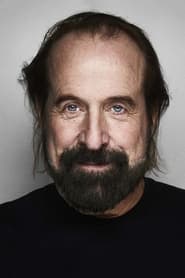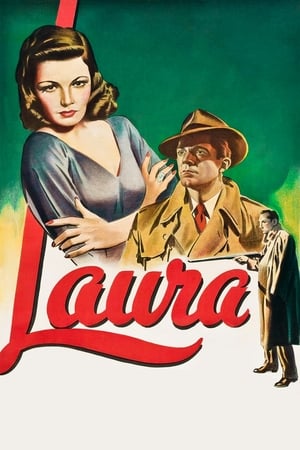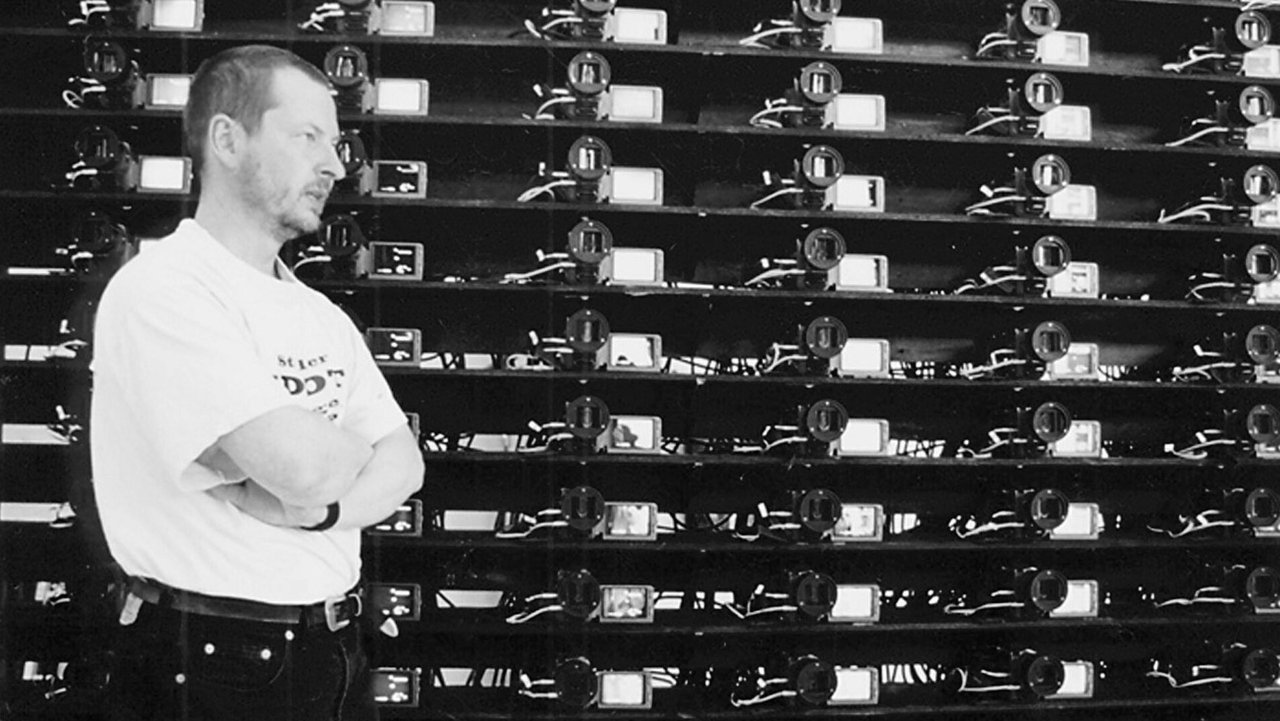

Von Trier's 100 Eyes(2000)
Although at first sight this might look like a simple ‘making of DANCER IN THE DARK’, the later developments in the film reveal the whole drama of Lars von Trier’s inner life during the shooting process. All his doubts and insecurities in collaborating with the crew and actors - especially actresses - are exposed. The biggest drama started when Björk walked off the set. Nobody knew whether she would be back or not. Admitting that he feels threatened by women, who can ‘make him feel embarrassed’, the director gives this documentary the nature of a personal diary. When he discusses the importance, purpose and beauty of the use of a hundred cameras in a certain sequence or the meaning of the Dogma 95 rules, the audience is witnessing the process of the artist’s search. Is the pain that the director went through during the shooting really visible in the final result, as Lars von Trier claims in this film? (from: http://www.idfa.nl/)

Movie: Von Trier's 100 Eyes
Video Trailer Von Trier's 100 Eyes
Recommendations Movies
 8.1
8.1Wild Strawberries(sv)
Crotchety retired doctor Isak Borg travels from Stockholm to Lund, Sweden, with his pregnant and unhappy daughter-in-law, Marianne, in order to receive an honorary degree from his alma mater. Along the way, they encounter a series of hitchhikers, each of whom causes the elderly doctor to muse upon the pleasures and failures of his own life. These include the vivacious young Sara, a dead ringer for the doctor's own first love.
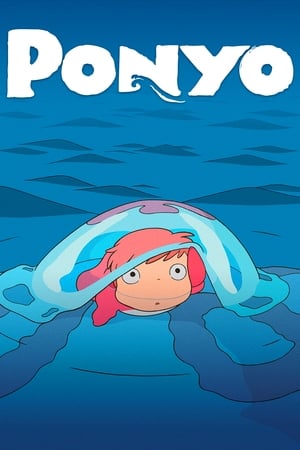 7.7
7.7Ponyo(ja)
When Sosuke, a young boy who lives on a clifftop overlooking the sea, rescues a stranded goldfish named Ponyo, he discovers more than he bargained for. Ponyo is a curious, energetic young creature who yearns to be human, but even as she causes chaos around the house, her father, a powerful sorcerer, schemes to return Ponyo to the sea.
 7.9
7.9The Exterminating Angel(es)
A formal dinner party starts out normally enough, but after the bourgeois group retire to the host’s music room, they inexplicably find themselves unable to leave.
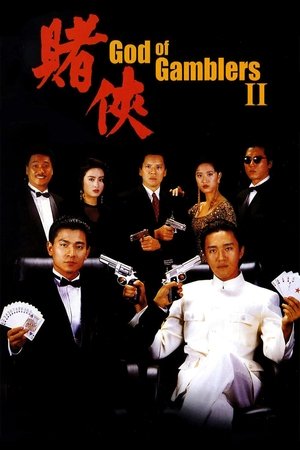 6.8
6.8God of Gamblers II(cn)
Sing finds Michael "Dagger" Chan in order to become Ko Chun's next disciple, but the two must put aside their differences when they discover that a gang boss is bent on ruining the God of Gamblers' name.
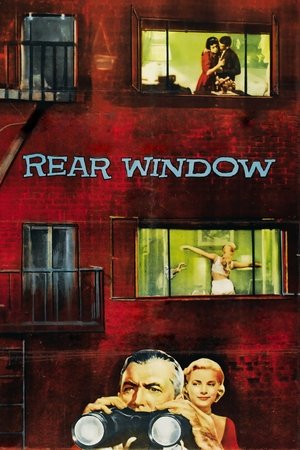 8.4
8.4Rear Window(en)
A wheelchair-bound photographer spies on his neighbors from his apartment window and becomes convinced one of them has committed murder.
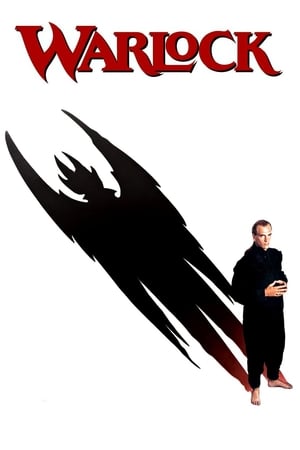 6.2
6.2Warlock(en)
In 17th century New England, witch hunter Giles Redferne captures an evil warlock, but the conjurer eludes death with supernatural help. Flung into the future, the warlock winds up in the 1980s and plans to bring about the end of the world. Redferne follows the enchanter into the modern era and continues his mission, but runs into trouble in such unfamiliar surroundings. With the help of a young woman, can Redferne finally defeat the warlock?
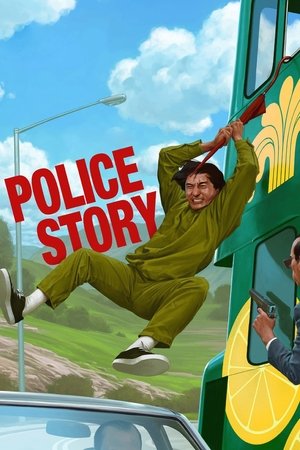 7.6
7.6Police Story(cn)
Officer Chan Ka Kui manages to put a major Hong Kong drug dealer behind the bars practically alone, after a shooting and an impressive chase inside a slum. Now, he must protect the boss' secretary, Selina, who will testify against the gangster in court.
 7.6
7.6The Big Sleep(en)
Private Investigator Philip Marlowe is hired by wealthy General Sternwood regarding a matter involving his youngest daughter Carmen. Before the complex case is over, Marlowe sees murder, blackmail, deception, and what might be love.
 6.5
6.5Suicide Club(ja)
When 54 high school girls throw themselves in front of a subway train it appears to be only the beginning of a string of suicides around the country. Detective Kuroda tries to find the answer to this mystery, which isn't as simple as he had hoped.
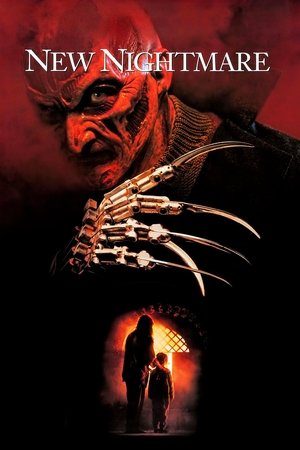 6.4
6.4New Nightmare(en)
Cast and crew from A Nightmare on Elm Street are terrorized by Freddy Krueger and his razor-fingered glove as he crosses over into the real world.
 5.1
5.1Fantozzi 2000 - The Cloning(it)
Ugo Fantozzi was resurrected from the company where he worked because of a crisis, how it will end?Tenth and final chapter of the film series of Fantozzi character.
 5.5
5.5Superman III(en)
Aiming to defeat the Man of Steel, wealthy executive Ross Webster hires bumbling but brilliant Gus Gorman to develop synthetic kryptonite, which yields some unexpected psychological effects. Between rekindling romance with his high school sweetheart and saving himself, Superman must contend with a powerful supercomputer.
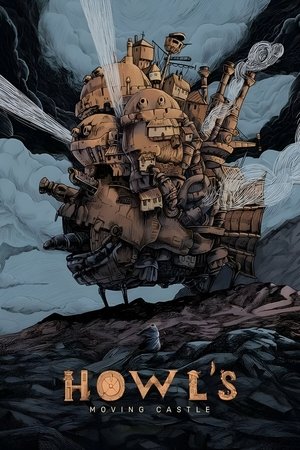 8.4
8.4Howl's Moving Castle(ja)
Sophie, a young milliner, is turned into an elderly woman by a witch who enters her shop and curses her. She encounters a wizard named Howl and gets caught up in his resistance to fighting for the king.
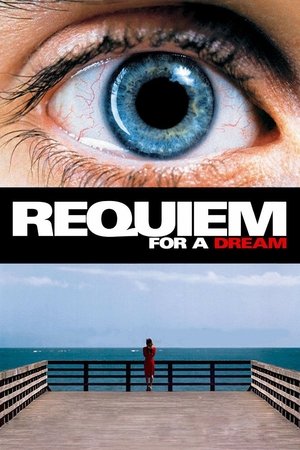 8.0
8.0Requiem for a Dream(en)
The drug-induced utopias of four Coney Island residents are shattered when their addictions run deep.
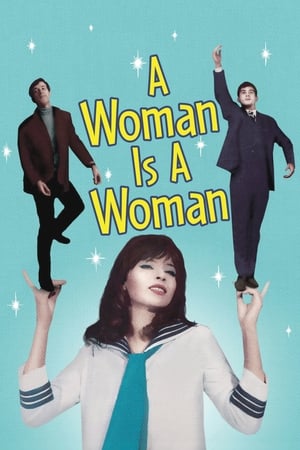 7.3
7.3A Woman Is a Woman(fr)
Longing for a baby, a stripper pursues another man in order to make her boyfriend jealous.
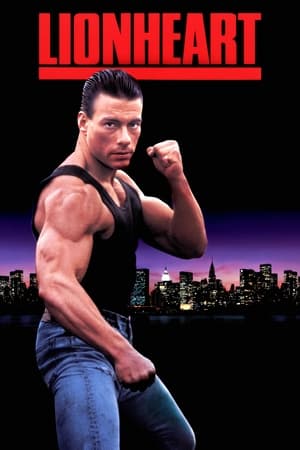 6.6
6.6Lionheart(en)
Lyon Gaultier is a deserter in the Foreign Legion arriving in the USA entirely hard up. He finds his brother between life and death and his sister-in-law without the money needed to heal her husband and to maintain her child. To earn the money needed, Gaultier decides to take part in some very dangerous clandestine fights.
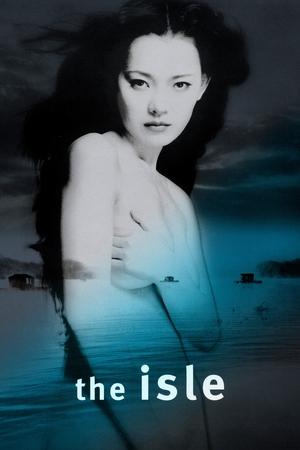 6.9
6.9The Isle(ko)
Mute Hee-Jin is working as a clerk in a fishing resort in the Korean wilderness; selling baits, food and occasionally her body to the fishing tourists. One day she falls in love with Hyun-Shik, who is on the run from the police, and rescues him with a fish hook when he tries to commit suicide.
 7.2
7.2Gertrud(da)
Hopeless romantic Gertrud inhabits a turn-of-the-century milieu of artists and musicians, where she pursues an idealized notion of love that will always elude her. She abandons her distinguished husband and embraces an affair with a young concert pianist, who falls short of her desire for lasting affection. When an old lover returns to her life, fresh disappointments follow, and Gertrud must try to come to terms with reality.
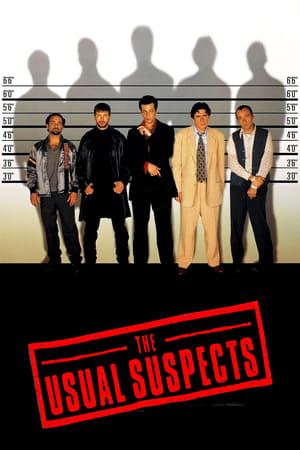 8.2
8.2The Usual Suspects(en)
Held in an L.A. interrogation room, Verbal Kint attempts to convince the feds that a mythic crime lord, Keyser Soze, not only exists, but was also responsible for drawing him and his four partners into a multi-million dollar heist that ended with an explosion in San Pedro harbor – leaving few survivors. Verbal lures his interrogators with an incredible story of the crime lord's almost supernatural prowess.
Similar Movies
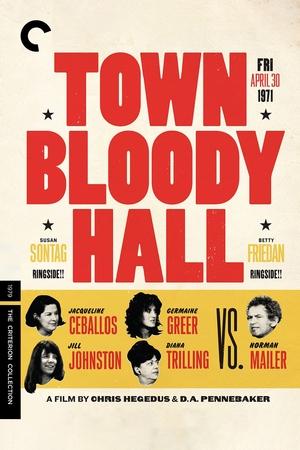 5.8
5.8Town Bloody Hall(en)
Norman Mailer and a panel of feminists — Jacqueline Ceballos, Germaine Greer, Jill Johnston, and Diana Trilling — debate the issue of Women's Liberation.
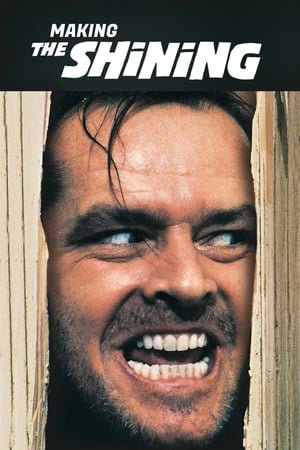 7.1
7.1Making 'The Shining'(en)
Directed and edited by Stanley Kubrick's daughter Vivian Kubrick, this film offers a look behind the scenes during the making of The Shining.
 7.5
7.5Control Room(ar)
A chronicle which provides a rare window into the international perception of the Iraq War, courtesy of Al Jazeera, the Arab world's most popular news outlet. Roundly criticized by Cabinet members and Pentagon officials for reporting with a pro-Iraqi bias, and strongly condemned for frequently airing civilian causalities as well as footage of American POWs, the station has revealed (and continues to show the world) everything about the Iraq War that the Bush administration did not want it to see.
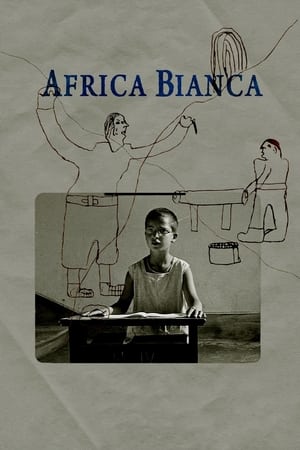 5.3
5.3The Imperial Lullaby(it)
The armies of Fascist Italy conquered Addis Ababa, capital of Abyssinia, in May 1936, thus culminating the African colonial adventure of the ruthless dictator Benito Mussolini, by then lord of Libya, Eritrea and Somalia; a bloody and tragic story told through the naive drawings of Pietro Dall'Igna, an Italian schoolboy born in 1925.
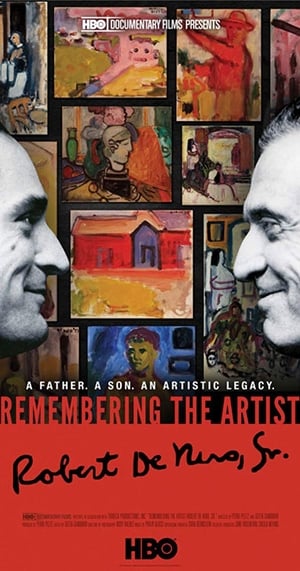 5.4
5.4Remembering the Artist: Robert De Niro, Sr.(en)
Robert De Niro, Sr., was a celebrated painter obscured by the pop-art movement. His life and career are chronicled in the artist's own words by his contemporaries and, movingly, by his son, the actor Robert De Niro.
 0.0
0.0Warrior: The Life of Leonard Peltier(en)
An intimate exploration of the circumstances surrounding the incarceration of Native American activist Leonard Peltier, convicted of murder in 1977, with commentary from those involved, including Peltier himself.
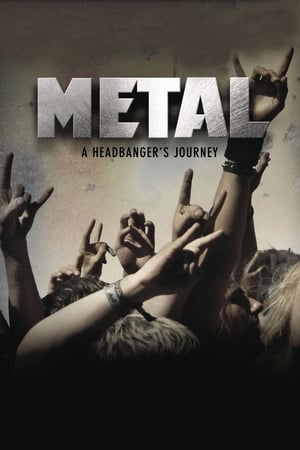 7.6
7.6Metal: A Headbanger's Journey(en)
The film discusses the traits and originators of some of metal's many subgenres, including the New Wave of British Heavy Metal, power metal, Nu metal, glam metal, thrash metal, black metal, and death metal. Dunn uses a family-tree-type flowchart to document some of the most popular metal subgenres. The film also explores various aspects of heavy metal culture.
Martha Graham: The Dancer Revealed(en)
Released on DVD as part of The Criterion Collection's "Martha Graham: Dance on Film" collection.
 7.6
7.6Attacking the Devil: Harold Evans and the Last Nazi War Crime(en)
Before the internet. Before social media. Before breaking news. The victims of Thalidomide had to rely on something even more extraordinary to fight their corner: Investigative journalism. This is the story of how Harold Evans fought and won the battle of his and many other lives.
Citizens of Cosmopolis(en)
An in-depth documentary about the making of David Cronenberg's feature film, Cosmopolis (2012), an adaptation of Don DeLillo's novel of the same name.
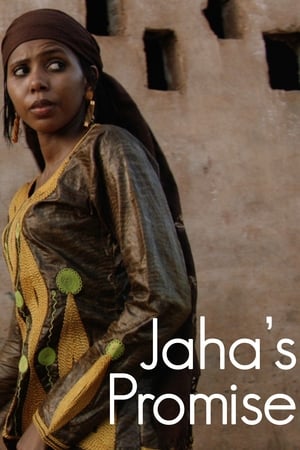 7.8
7.8Jaha's Promise(en)
A documentary about the life and activism of Jaha Dukureh, a Gambian anti-female genital mutilation campaigner who returns to her country of birth to confront the harmful tradition that she and 200 million women and girls have undergone globally.
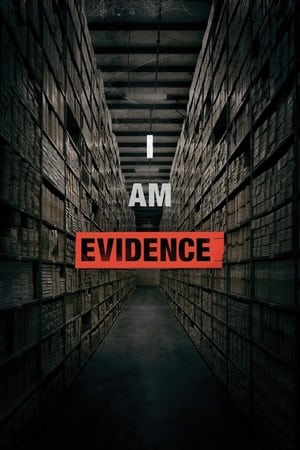 6.4
6.4I Am Evidence(en)
The modern criminal justice system is hindered by the fact that countless rape kits remain untested in police evidence storage facilities across the United States. Only eight states currently have laws requiring mandatory testing of rape kits.
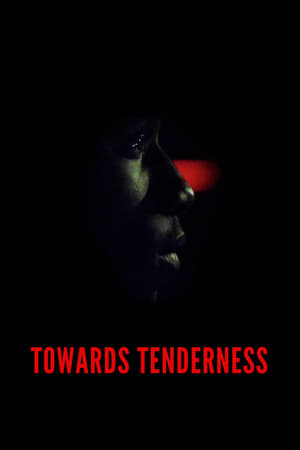 6.6
6.6Towards Tenderness(fr)
A documentary film that explores male feelings about sex and romantic relationships set against the banlieues of France.
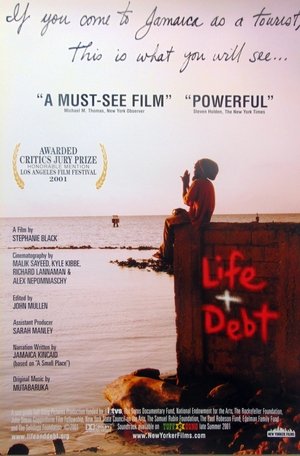 7.2
7.2Life and Debt(en)
Life and Debt is a 2001 American documentary film that examines the economic and social situation in Jamaica, and specifically how the International Monetary Fund and the World Bank's structural adjustment policies have impacted the island.
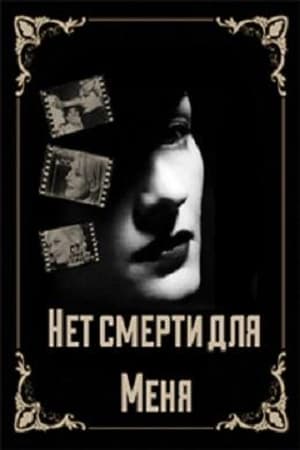 10.0
10.0There is No Death For Me(ru)
It is a documentary story about five legends of russian cinema: Nonna Mordyukova, Tatyana Okunevskaya, Tatyana Samoylova, Lidiya Smirnova and Vera Vasileva. These wonderful women tell about their lifes and careers in hour interview.
 0.0
0.0Coastal(en)
Take a journey with Neil Young on this personal, behind-the-scenes doc as he cruises the coast for his recent solo tour. Coastal gives an intimate view of the maverick musician, as he navigates a return to the stage post-Covid. From his everyday observations on the bus to his candid banter with his audience. Coastal is a rare peek behind the curtain of this unguarded iconoclast.
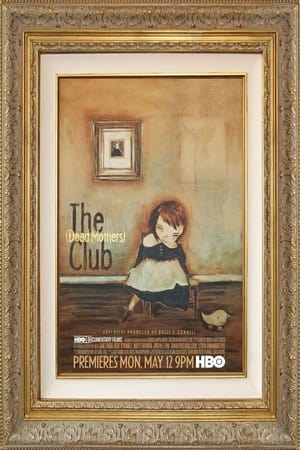 6.3
6.3The (Dead Mothers) Club(en)
Three women whose paths never cross, yet are bound by the shared experience of losing their mothers during adolescence, exploring each one’s sometimes-complex relationship with her mother.
Maria's Story(en)
It is El Salvador, 1989, three years before the end of a brutal civil war that took 75,000 lives. Maria Serrano, wife, mother, and guerrilla leader is on the front lines of the battle for her people and her country. With unprecedented access to FMLN guerrilla camps, the filmmakers dramatically chronicle Maria's daily life in the war.
 6.3
6.3Beer Wars(en)
In America, size matters. The bigger you are, the more power you have, especially in the business world. Anat Baron takes you on a no holds barred exploration of the U.S. beer industry that ultimately reveals the truth behind the label of your favorite beer. Told from an insider’s perspective, the film goes behind the scenes of the daily battles and all out wars that dominate the industry.
 6.8
6.8Nerdcore Rising(en)
Nerdcore Rising is a documentary/concert film starring MC Frontalot and other nerdcore hip hop artists such as mc chris, Wheelie Cyberman of Optimus Rhyme and MC Lars, with contributors from such as "Weird Al" Yankovic, Prince Paul and Brian Posehn. It combines interviews about nerdcore and its origins with footage of MC Frontalot's 2006 Nerdcore Rising national tour.





